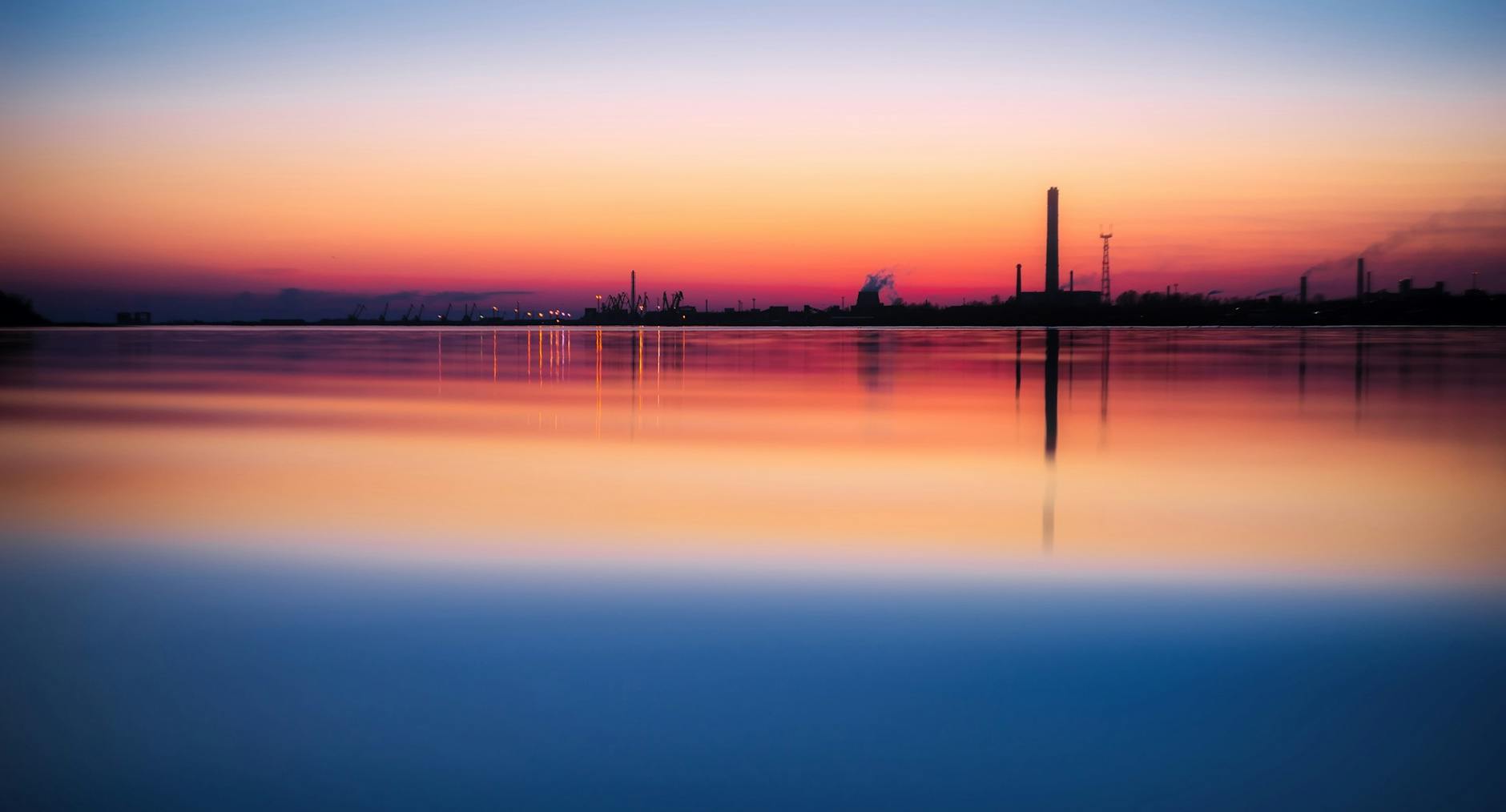Ok a few quick notes. As we ramp to two podcasts a week:
The workflow works well. Start with Freeform notes and have some topics you care about and folks who are used to Zoom which is just about the entire world
The technical pipeline is to use Open Broadcaster Software Studio.
OBS Inputs. With the latest version of OBS, you no longer need a third party audio connector (like back in 2020) connect with Zoom. But the big innovation is the emergence the macOS Screen Capture which uses the native ScreenCaptureKit which let’s you capture audio in MacOS 13 and later as well as a single display, a single window or an application. We are so happy with the Capture Audio. So with this, you can have as input: a) Your microphone, b) Your webcam, c) Zoom input from a remote interview person and d) a Browser or if you are doing slides, then Mac Photos.
The trickiest part of the input is that both with Zoom and with a browser you have to be careful about layout. I find it was whether to use Display, Application or Window Capture. In the old days the recommendation was to use Display capture for performance, but with the use of ScreenCaptureKit, I haven’t really seen to be an issue. The main thing is that if you use Application or Window Capture, it is not stable, so when you stop the application, OBS “forgets” what the window was and defaults to the first Application and the first Window on a display. This is pretty confusing since that is usually a menubar item and it looks like your whole scene has failed. I can now see why the pros have a dedicated machine for doing video podcasts, it is such a pain to set all this up.
OBS Output to Zoom and to a MP4 file. This is a little tricky, but you want to pipe the output of the OBS so that the remote host can see it, so then you need to set Zoom to dual monitor mode and then pin the remote view and then capture that. So in effect, you are sharing your studio. Or you can start the virtual camera if you just want the other host to see the output. Also make sure to set it for record to MP4. This is more risky as failures mean the entire recording can fail, but it is faster because you don’t need to transcode the MKV to MP4 for Final Cut Pro because otherwise you have to use Handbrake take the default MKV and use something like Professional Standard export which makes a MOV for you. I normally pick a pretty “loose” format MOV file since it reduces compute load on the system.
Renderforest Logo maker and Video maker. Wow this is a great resource that gives you for free low resolution introduction and outroductions (is that a word) as well. You just download them and you are ready to import them into Final Cut Pro
Final Cut Pro. If you did this right then you should have to do very little editing. Just drag intro and outro around the clip. I normally add a transition by clicking on the main clip and doing a Command-T.
Backups. This stuff is valuable, so we spring for a big 2T on iCloud Drive and put all the intermediate files there into $HOME/Documents . Unfortunately, the fcpbundle file that has the intermediates cannot run from an iCloud Drive, so you should every so often copy that big file in so you can recover your edits.
This workflow works pretty well, but here are some tips and tricks on OBS Studio and that thing is hard to understand…
Using Open Broadcast Studio: Scenes are hard
First the easy stuff, when you start, you should check the levels. The main thing is that you can now insert Zoom as a Window and this automatically routes the audio from there so you do not need to deal with audio devices.
- Check audio. The direct feed is too high and needs your cut highs in OBS. do a level check to equalize voices. Zoom tends to be low. Direct from Scarlett is too high and loud.
- So make sure you do a level check and adjust your input. I do find that Zoom tends to be a bit low, so if you have this problem, the easy thing to do is to lower the level of your direct microphone and fix this late in Final Cut Pro.
The Edit model is strange so use the Object menu
Here are the tricks for the layout of the scenes in OBS. The main issue is that the selection model and the way that objects change are really not very obvious.
That’s because when you say Add Existing, you are not making a copy, you are referencing it. That means that if you make a change in a title, it changes throughout the application. The same is true with video inputs, changing and cropping are universal. The reference thing is way more efficient. And some things cannot be duplicated. For instance, the video, display and game capture inputs are singletons, so you get the same output out of each and they all share the same filters, so for instance if you crop don’t use the crop filter, instead use the ALT-Click Drag to reset the view window as this is specific to the reference. And if you want different filters on the output, you have to create a different group around each reference to the video source and then put the filters at the group level. Confused yet?
Finally there is no easy way to tell if an object is has multiple references or is a singleton. So I use “hierarchical names for this”. So if you see text that says, “Video – Logitech BRIO” you know that this is a reference to a unique object. In fact, I normally name things with a syntax that is “<scene> – <type> – <name> – <location>” when it can be per scene so “browser with 2 hosts – caption background – upper right”
The next thing is that the edit and selection model is strange. Just clicking on something often times doesn’t work. You will see a red border and a blue border. This is because if you have a group, you are selecting the entire group and it respects the order. The confusing thing here is that the lower item in the Object menu goes into the background. So the best thing to do is to the object window to make sure you are selecting the right thing.
The second thing to understand is how to move and crop. The move is when you select, you can drag the red edges. But if you hold the Option key when you click, then you are cropping the windows. There is nowhere in the interface that explains it. So beware.
MacOS Capture objects change and get lost
You really want a dedicated Mac for this or lots of setup time because if for instance, you want a browser window then if you close the application that has that window, then it defaults to the first window active on a screen and this is usually a menubar item so it looks like it doesn’t work. You have to check properties and start the applications.
Second, you will see that you need to be really precise about the aspect ratio for the changes, so does OBS. So be careful and test the layouts beforehand;
Ideal scene tricks: Chroma Key and Backgrounds
There are some good tricks, the most important to get a green screen and a good microphone:
- Watch the glare on the green screen, but the trick is for your Video Input, to add a filter called Chroma Key and this will remove that color green.
- Add a background image underneath and you get the Channel 5 weather look where it looks like you are sitting in front of something.
- And put names underneath. Watch some vlogs and copy layouts that you like.
- Make the main screen 2 up like CNN. This is actually pretty hard because you need to make sure you copy and paste duplicates quite a bit.
- Prep some overall background and have prepared some browser, and fixed images. And play with graphics changes scenes.
- With the Mac, there is a new MacOS capture that seems to work very well. It has a Screen, Application, and Window mode.
OBS Stats view and Export to MP4 or use Handbrake
By default, OBS does not show the stats menu, but you need this in case you blow your machine up. I find that a MacBook Pro M1 Max, really burns a lot of GPU and with Zoom, you can get Zoom to be very slow, normally the fix is to stop both and start again. But it is nice to turn on the Preferences > Show Stats window so you can see what is going on.
Second, this by default exports as a compressed MKV, if you are pushing this into Final Cut Pro and are short on CPU, the good thing to do is to choose a “fatter format” and export as MP4 as this file is going away anyway. And it reduces the CPU and GPU load significantly.
But if you do have it in MKV then you have to go to Handbrake and export the file into an MP4 or MOV container format that Final Cut can read. As an example, I tried to export it as an AV1 file and that didn’t work, so Final Cut will look into the container and decide what it can and cannot read. So you need to have the right format.
The specific preset that seems to work is Preset > General > Product Standard which is an RF10 so pretty fast version that you need if it is just going into Final Cut Pro.
When Zoom goes crazy
OBS is a very CPU and GPU intensive system, but with a monster M1 Max, it handles without fans very well with Zoom and OBS running together. The biggest issue seems to be one where suddenly the frame rate on the video drops, but the OBS Stats does not change. What seems to be happening is that Zoom is thrashing trying to deal with it all. I’ve found that starting and stopping doesn’t help, but a reboot of the Mac does.





